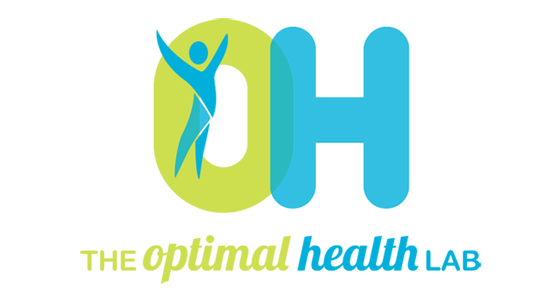The acromioclavicular (AC) joint is located at the top of the shoulder, where the clavicle (collarbone) meets the acromion (part of the scapula). This joint is stabilized by the acromioclavicular ligaments and the coracoclavicular ligaments, which control + stabilise horizontal and vertical movements of the arm, respectively. An injury can occur to the bones themselves, but usually this is a ligament strain or tearing injury situation (and the bone tissue itself remained unharmed).
The AC joint is commonly injured in contact and collision sports like rugby, basketball and AFL. The most common mechanism is usually a direct contact from another player (a ‘hip and shoulder’) or a direct fall on the AC joint region.
Common signs and symptoms include localised pain at the end of the collar bone, swelling, potentially a step deformity (depending on the grade of the injury) and pain with active movement of the shoulder especially overhead. Grades can range from 1 (mild), 2 (moderate) and 3 (severe) sprains. Grade 1 and 2 can take a minimum of 8 weeks to rehabilitate well, however Grade 3 injuries are complete ruptures of the ACJ and often require surgical review as a minimum.
Immediately post ACJ injuries, the shoulder should be rested in an elevated position with an ice pack applied every 20 minutes for pain relief. When moving, the arm should be immobilised in a sling. Excessive use of anti-inflammatory medications should be limited, with evidence they may slow down the integral inflammatory response at the start of any ligament healing (and thus, pain relief medications are considered better). This should be done for the first 48-48 hours. Once the swelling naturally settles down within the first few days, physiotherapy can commence to help regain range and strength. Gentle range of motion and rotator cuff exercises should be commenced and progressed gradually over the course of 3-8 weeks, but this is all individualised and dependent on the grade of injury, your overall shoulder muscle bulk, your shoulder’s past injury history and the sport or activity you are hoping to return to. In high grade injuries with a step deformity, imaging is often required to determine the extent of the injury.
Differential diagnoses for ACJ injuries involve rotator cuff tears, glenohumeral dislocations, clavicular fractures or subacromial bursitis.
If you’re suspicious of an ACJ injury, please get in touch with our Physio team ASAP and we’ll help you navigate those initial painful stages with the best care. Call us on 9431 5955 and/or you can book online via our Client Portal on the website.
